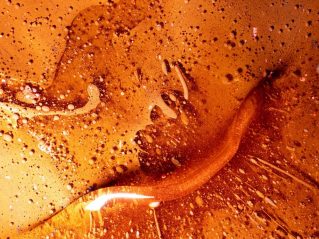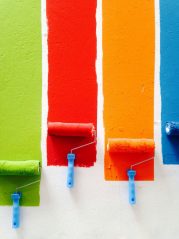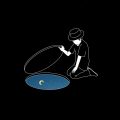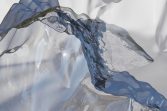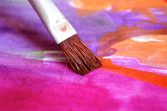Material design: En djupdykning i utformningen av digitala gränssnitt
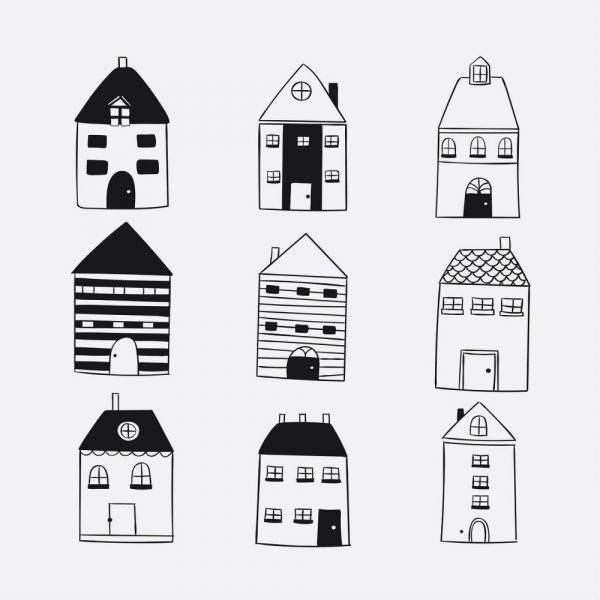
Material Design – A Comprehensive Guide to Modern User Interfaces
Introduction to Material Design
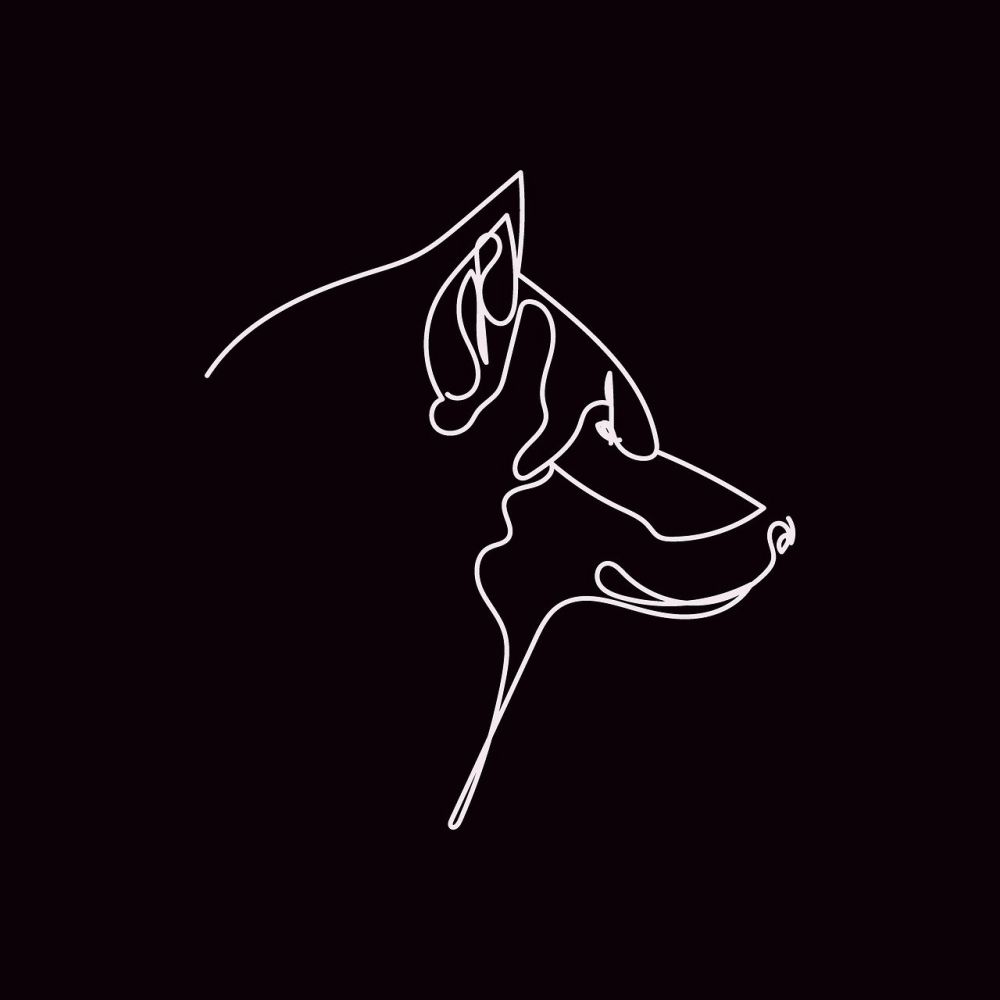
Material design is a design language developed by Google in 2014. It focuses on creating intuitive and visually appealing user interfaces for digital products. This design philosophy is based on the principles of paper and ink, using shadows, depth, and movements to create a sense of hierarchy and affordance. It aims to provide seamless experiences across different devices and platforms by offering consistent design patterns and components.
Understanding Material Design
Material design can be categorized into several types, each with its own characteristics and use cases. Here are some of the most popular types:
1. Flat Material Design: This type of material design focuses on simplicity, using minimalistic elements and flat colors. It avoids the use of shadows and gradients, resulting in a clean and modern look.
2. Material Design with Dept This type adds depth and realism to the interface by incorporating subtle shadows and gradients. It creates a sense of hierarchy and helps users understand the spatial relationships between different elements.
3. Material Design with Motion: This type emphasizes animations and transitions to guide users’ attention and provide visual feedback. It adds personality to the interface and enhances the overall user experience.
4. Adaptive Material Design: This type adapts to different devices and screen sizes, ensuring a consistent and seamless experience across platforms. It dynamically adjusts the layout and components based on the user’s device and interactions.
Quantitative Measurements of Material Design
To measure the effectiveness of material design, numerous studies have been conducted. These studies analyze various aspects such as user engagement, navigation efficiency, and perception. Quantitative measurements, including click-through rates, task completion times, and user satisfaction ratings, provide valuable insights into the impact of material design on user experience.
Research has shown that material design can significantly improve user engagement and task completion rates. The use of clear typography, vibrant colors, and meaningful animations enhances users’ understanding of the interface and encourages interaction. Furthermore, the consistent design patterns and components facilitate efficient navigation, reducing the cognitive load on users.
Distinctions Among Different Material Design Styles
While material design principles are consistent across different types, there are distinct differences that set them apart. These differences lie in the visual aesthetics, level of realism, and emphasis on motion.
For example, flat material design focuses on simplicity and minimalism, whereas material design with depth adds shadows and gradients to create a more tactile and immersive experience. Material design with motion puts a strong emphasis on animations and transitions, while adaptive material design ensures cross-platform compatibility.
It’s important to choose the right material design style based on the goals and context of the digital product. Understanding the strengths and limitations of each style allows designers to create interfaces that effectively communicate their intended messages and provide optimal user experiences.
A Historical Review of Pros and Cons of Different Material Design Styles
Over the years, different material design styles have evolved, each with its own set of advantages and disadvantages. Let’s take a closer look at the historical overview of some popular material design styles:
1. Flat Material Design: Initially, flat design gained popularity due to its simplicity and clean aesthetics. However, critics argued that it lacked visual hierarchy and depth, making it difficult for users to understand the interface. Over time, designers started incorporating subtle shadows and gradients to address these issues, leading to the emergence of material design with depth.
2. Material Design with Dept This style received praise for its ability to create a sense of hierarchy and affordance through the use of shadows and gradients. However, excessive use of these effects can result in a visually cluttered interface, leading to cognitive overload. Designers have since explored ways to balance the use of depth while maintaining a clean and intuitive experience.
3. Material Design with Motion: The inclusion of motion in material design has been highly appreciated for its ability to enhance user interactions and engagement. However, improper implementation of animations can lead to distraction and confusion. Striking the right balance between visual delight and usability remains a challenge for designers in this style.
4. Adaptive Material Design: The concept of adaptive material design addresses the need for seamless experiences across multiple devices and platforms. However, its implementation often requires additional development efforts and may result in compromised visual aesthetics on certain devices.
Ultimately, the choice of material design style depends on the specific project requirements and target audience. A thorough understanding of the pros and cons of each style enables designers to make informed decisions and create interfaces that strike the right balance between aesthetics and usability.
In conclusion, material design is a versatile and dynamic approach to modern user interface design. Its focus on intuitive interactions, consistent design patterns, and adaptable layouts makes it a preferred choice for many digital products. By incorporating elements of paper and ink, material design aims to bridge the gap between physical and digital experiences, creating visually appealing interfaces that engage users. As technology continues to evolve, material design will undoubtedly play a crucial role in shaping the future of user interfaces.
FAQ
What are the different types of material design?
What are the pros and cons of different material design styles?
What is material design?
Fler nyheter
Bröllopsfotograf i Linköping till bra pris: En nyckelspelare för oförglömliga minnen
Material Design – A Comprehensive Guide to Modern User Interfaces Introduction to Material Design Material design is a design language developed by Google in 2014. It focuses on creating intuitive and visually appealing user interfaces for digi...
05 maj 2025
Linoljefärg: En Hållbar och Tidlös Målningstradition
Material Design – A Comprehensive Guide to Modern User Interfaces Introduction to Material Design Material design is a design language developed by Google in 2014. It focuses on creating intuitive and visually appealing user interfaces for digi...
10 september 2024
Fotograf i Stockholm Fånga Minnen i Huvudstaden
Material Design – A Comprehensive Guide to Modern User Interfaces Introduction to Material Design Material design is a design language developed by Google in 2014. It focuses on creating intuitive and visually appealing user interfaces for digi...
09 september 2024
Farrow and Ball: Utforska elegansen i varumärkets färger
Material Design – A Comprehensive Guide to Modern User Interfaces Introduction to Material Design Material design is a design language developed by Google in 2014. It focuses on creating intuitive and visually appealing user interfaces for digi...
23 januari 2024

